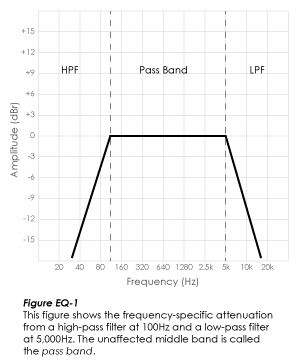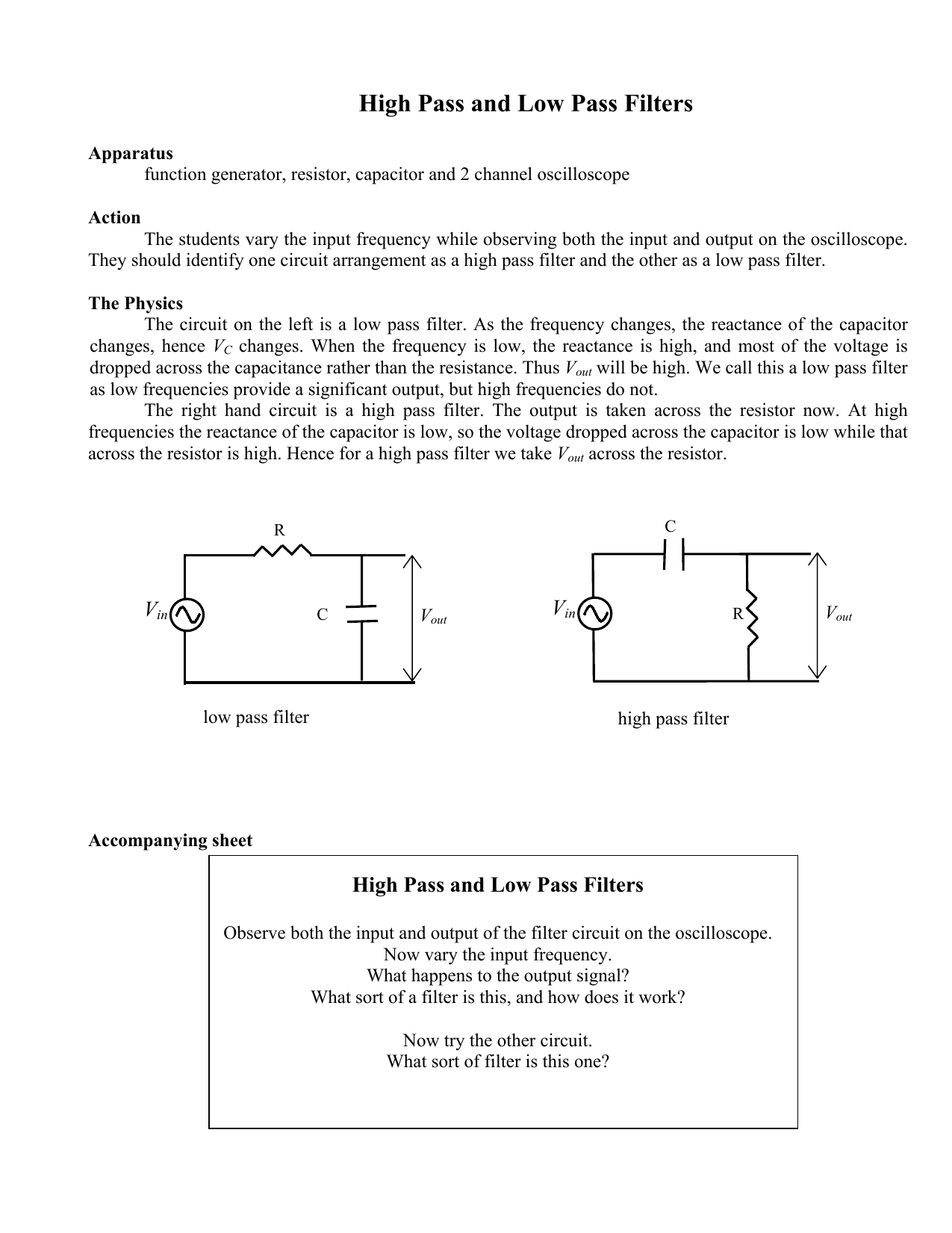The Muff's tone control is an HPF/LPF — but that doesn't mean it's usable/suitable in the context meant by people referring to a standalone HPF/LPF (separate or combined in one pedal).
Pic: Pro Audio Files
So the elbow or knee, as it is often referred to as, is the point where the pass-band starts or ends.
How sharp the knee bends in an HPF or LPF depends on how the parts for the HPF/LPF are manipulated. To help calculate that and other aspects, the AMZ site has several online calcs such as this one for establishing the corner frequency:
http://www.muzique.com/schem/filter.htm
Pic: Amplified Parts
Pair a 10k resistor with a 100n cap gets a corner frequency of 159.2 Hz,
but a 100k resistor with a 10n cap gets the SAME frequency 159.2 Hz.
The numbers to get that frequency are quite different, so something else must be affected by the differences, such as the Q-factor.
Add another cap to tailor the EQ, using variable mids as an example:
120k/86n/33n = 400Hz Q=10 G#4 NARROW Q
68k/220n/22n = 400HZ Q=4 G#4 WIDE Q
Translating that to HPF/LPF, if G#4 is the pass band, the surrounding freqs on either side being the HPF and LPF are going to drop off quickly or gradually respective to the narrow and wide Q.
Just remember nothing is really fixed in place (note to self). As different freqs are sent through the filter at various amplitudes (voltages) the filter will react differently,
for instance, as described in "The Physics" below:
Pic/page: Chegg.com
I hope this post helps somebody, as I'm just trying to work towards making heads and tails of all this stuff myself.
Several boutique Muff circuits make the LPF adjustable, I think I'll play around on the breadboard with making the HPF adjustable too, for gits and shiggles.



